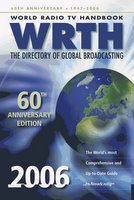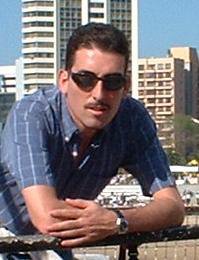Radio Exterior saved from budget ax

While public broadcasters throughout Europe are facing cutbacks, it appears that Radio Exterior de España for now will continue operating under a proposed restructuring of Radiotelevision Española that was unveiled on Monday. During a news conference, officials in charge of implementing the controversial overhaul of the fledging public broadcasting network announced that cutbacks will be made, including the closure of Radio 4, which broadcasts in the the Catalan language.
The RTVE viability plan is an answer to demands by the EU in Brussels to curtail costs in Spain´s state run industries and the Socialist government´s order to push back more than €500 million in annual expenses, officials said. Last year, RTVE´s accumulated debt was estimated at €7.5 billion.
Although REE will continue to transmit its programs, its news service will no longer be produced separately for listeners overseas. All newscasts will be combined for Radio Nacional de España´s Radio 1, Radio 5 and REE.Radio 1 will continue operating as the flagship for the RNE network throughout the country.
It wasn´t clear whether REE will continue broadcasting in foreign languages. However, Radio 4, which has been broadcasting for the past 25 years in Catalan, will be shut down after officials determined that it cannot continue to underwrite the cost of maintaining the station for only 8,500 listeners in Catalonia. "It´s not doing us any good to spend so much money for such a small audience," said Enrique Martínez Robles, head of SEPI which oversees state run industries.
On the television side, restructuring in program content, news production, and advertising will take place in an effort to make the 50-year-old Television Española more competitive with the growing number of private stations. RTVE will cutail operations at its 16 stations across the nation, including Madrid. Its station in the Canary Islands will no longer produce regional programs but will continue to serve as a repeater. Regional newscasts will be reduced to 30 minutes Monday through Friday. Carmen Caffarel, president of the board that oversees RTVE, said "it doesn´t make sense" to compete with regional stations. Over the past few years, there has been a surge of private television stations in Spain´s autonomous regions and communities, such as TeleMadrid.
The viability plan has worried the nation´s unions, who have been working with the government to ensure that the least number of jobs are affected. It wasn´t immediately clear how many jobs will be cut or how much money the government plans to save with these new measures.





